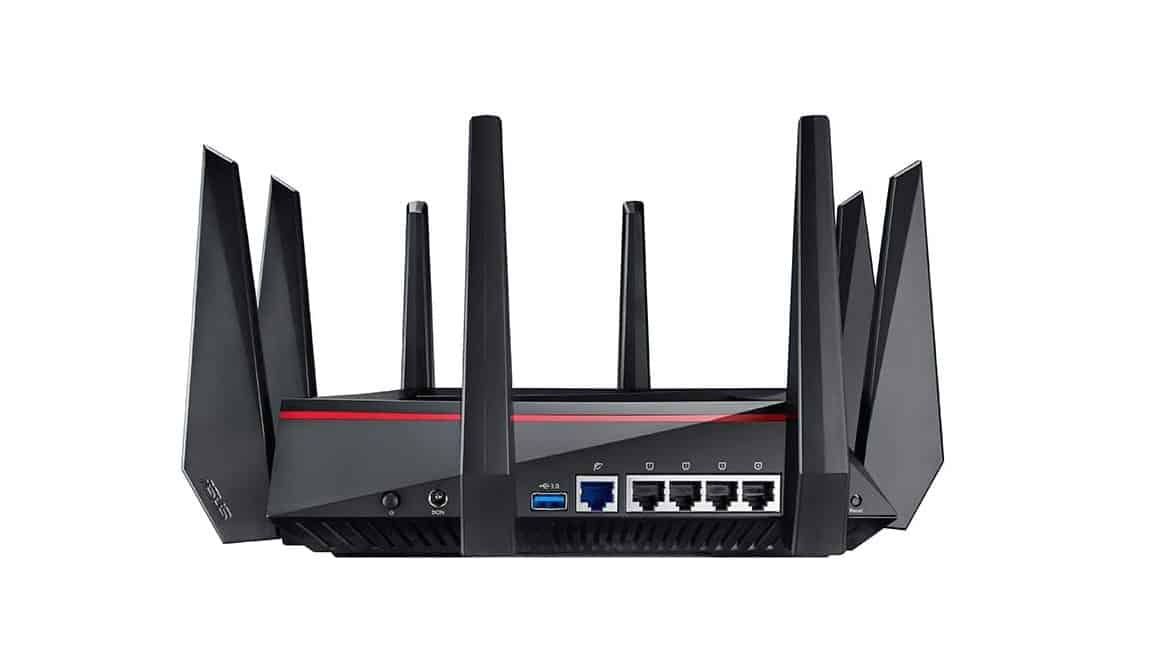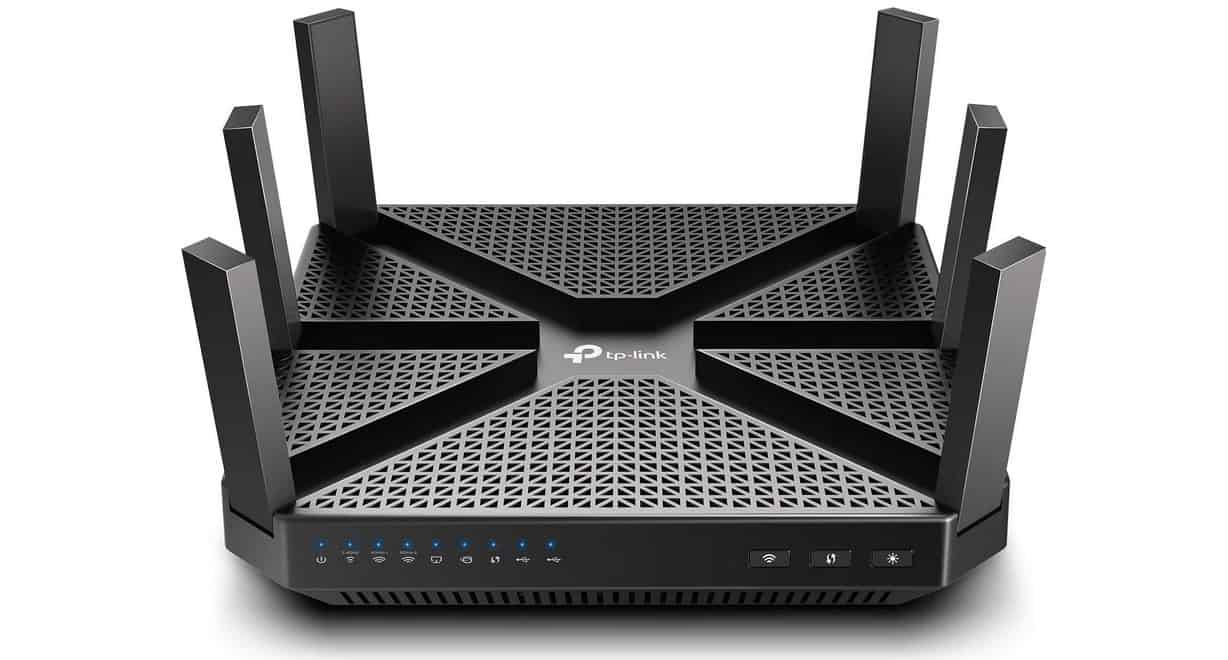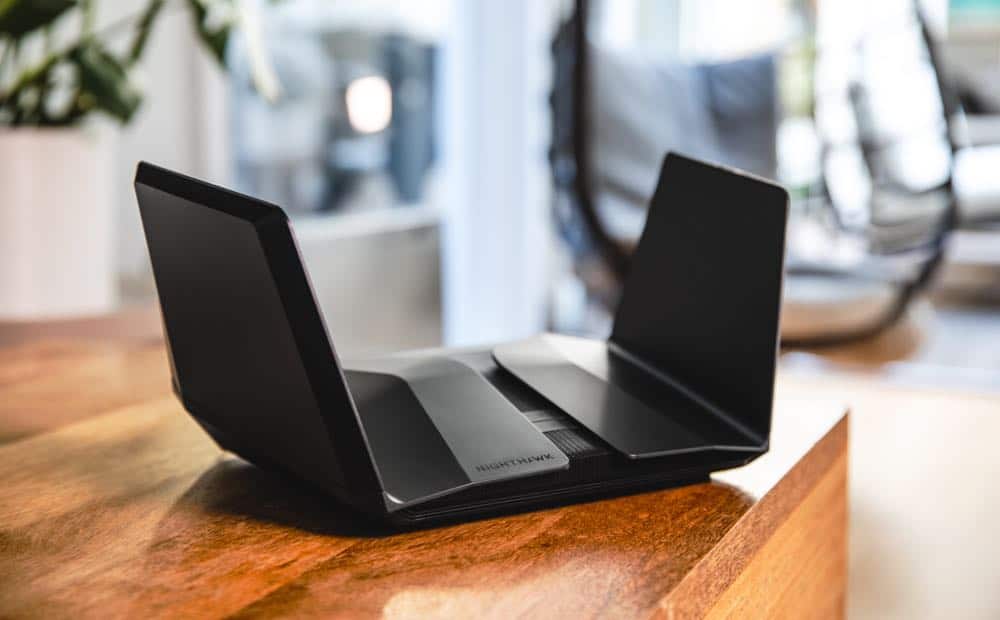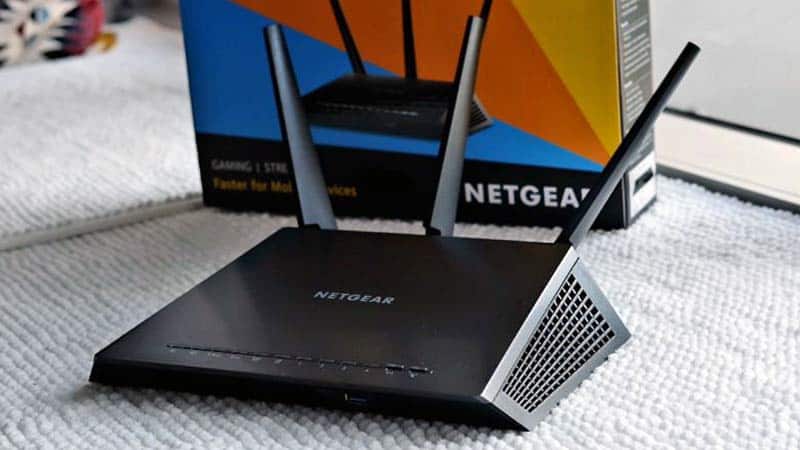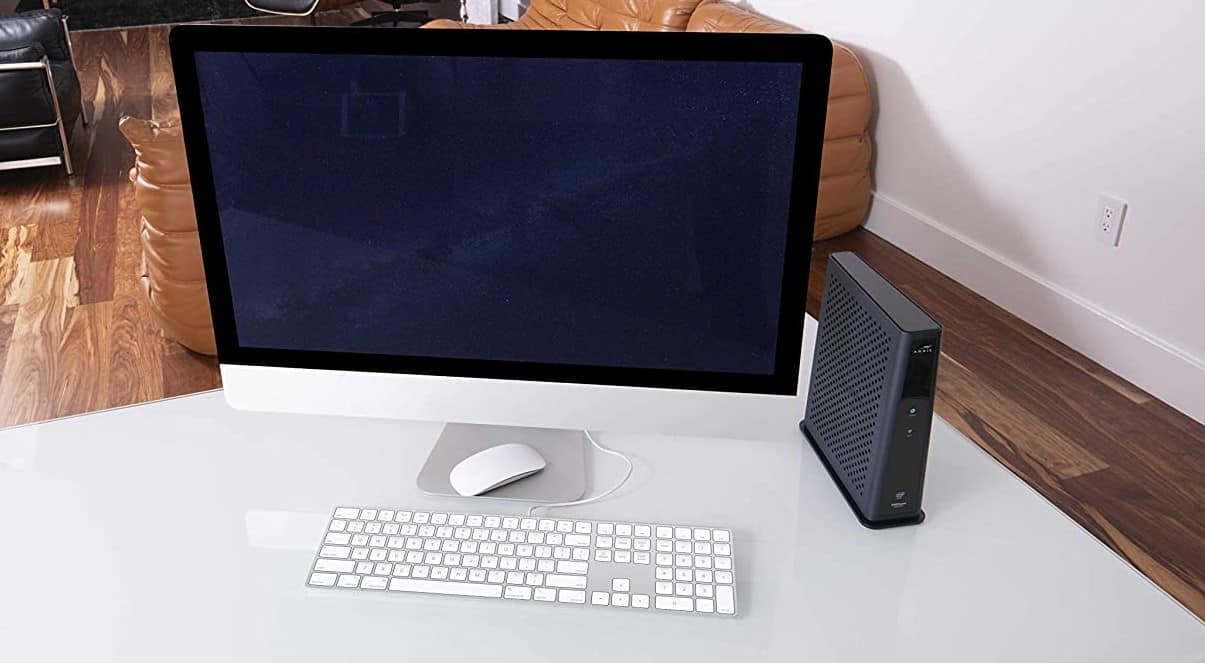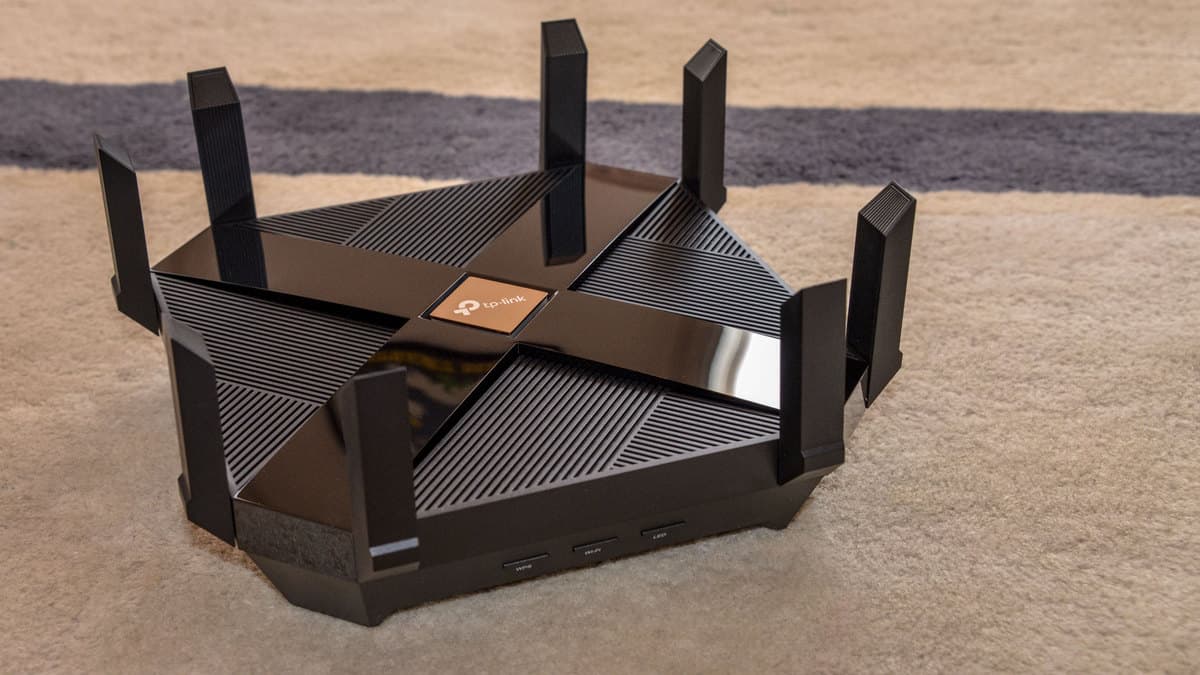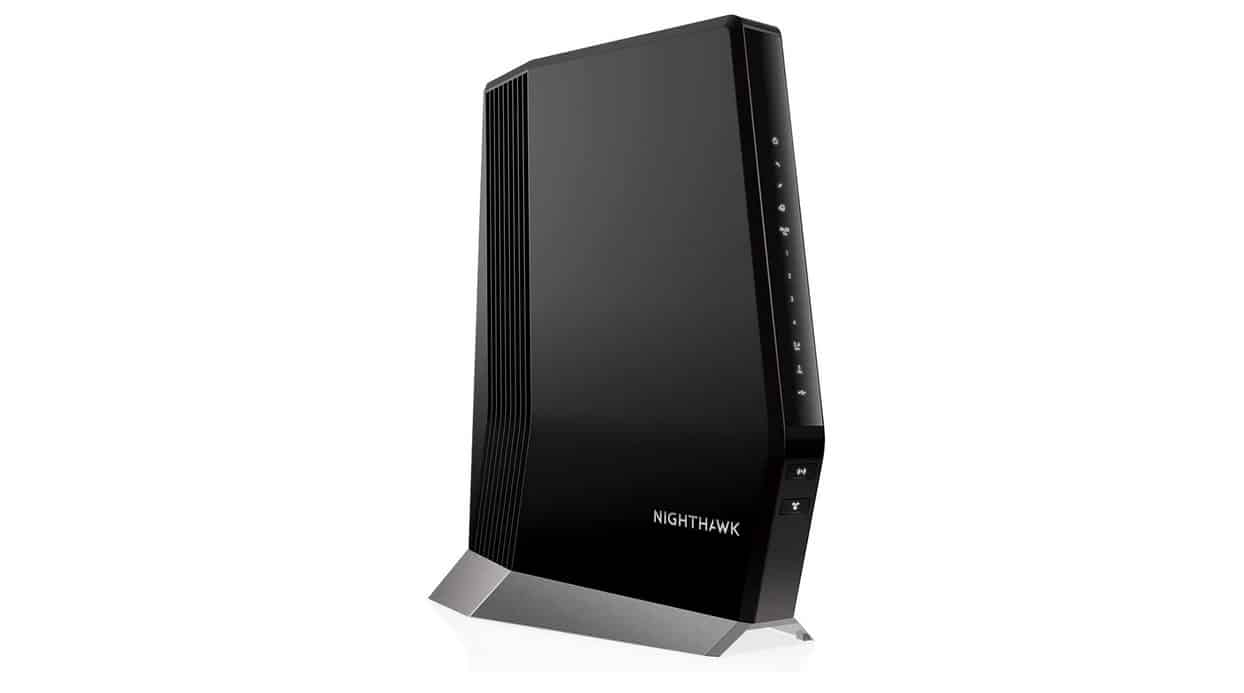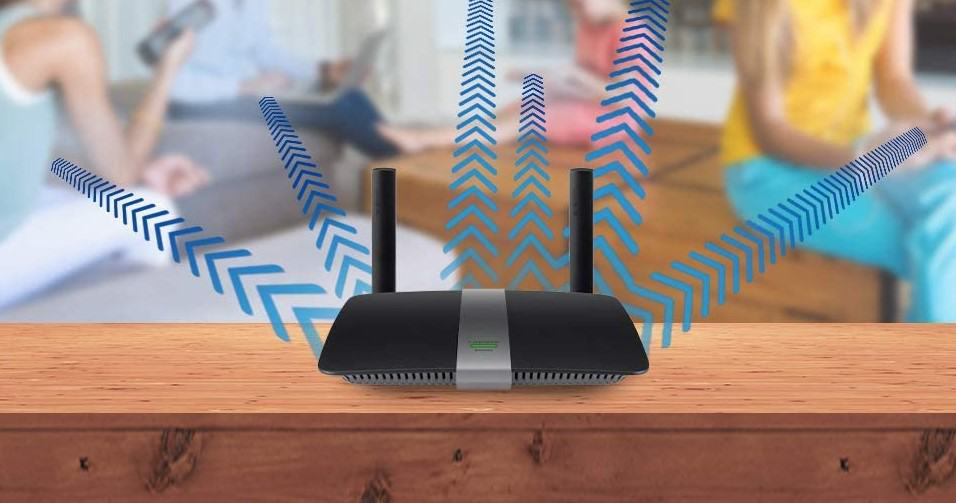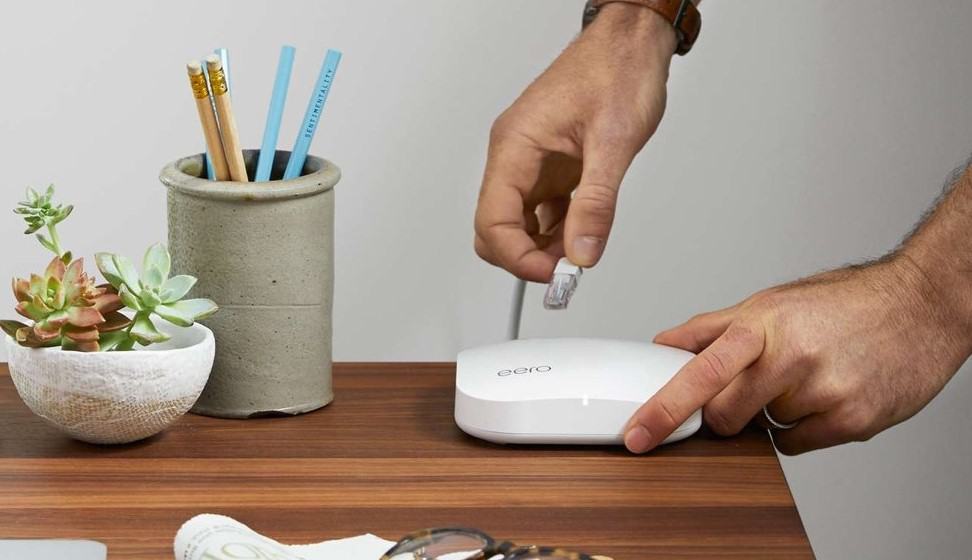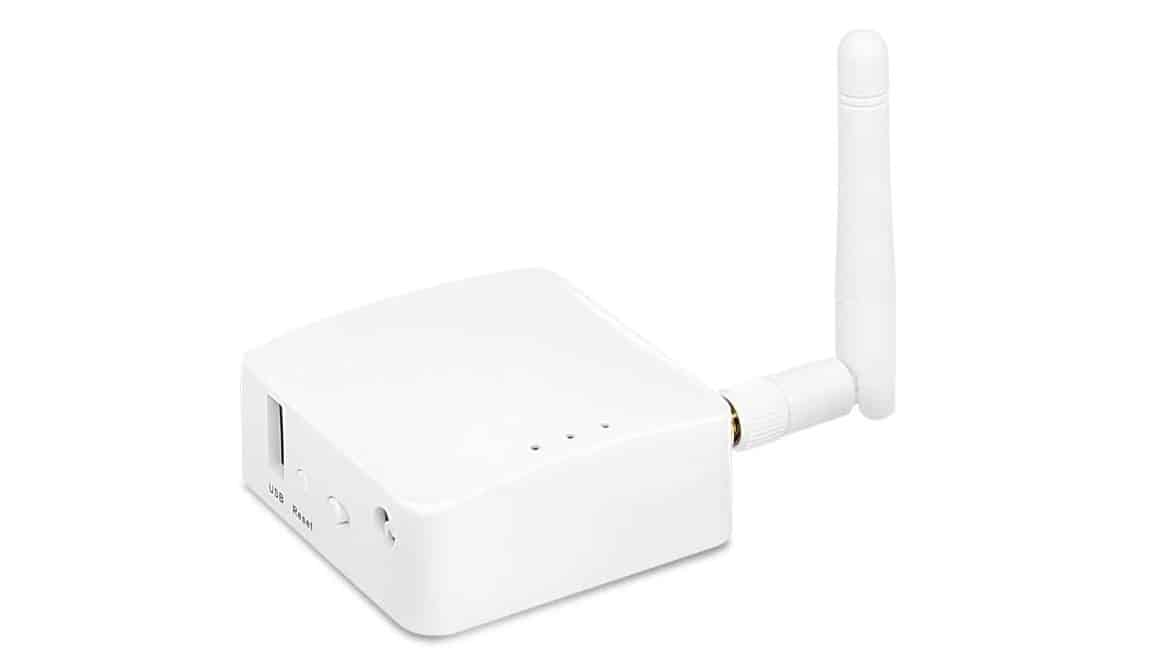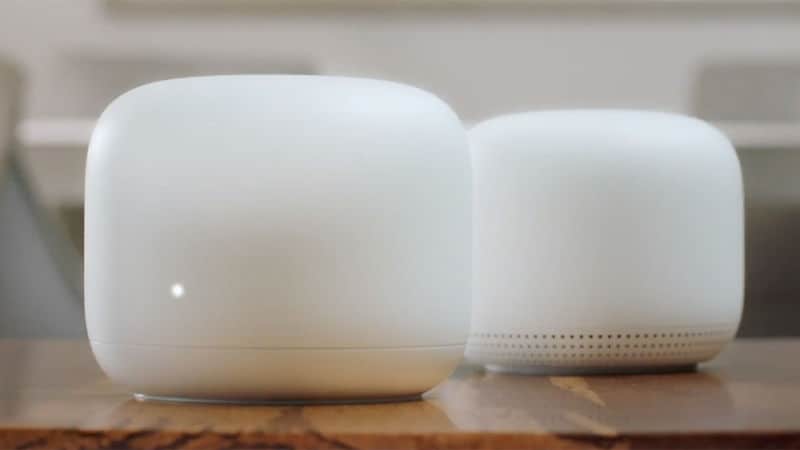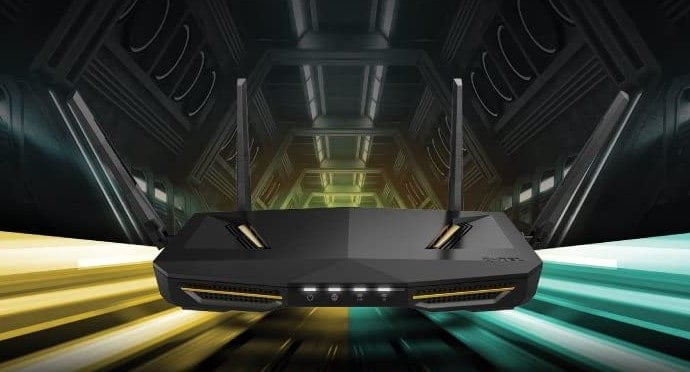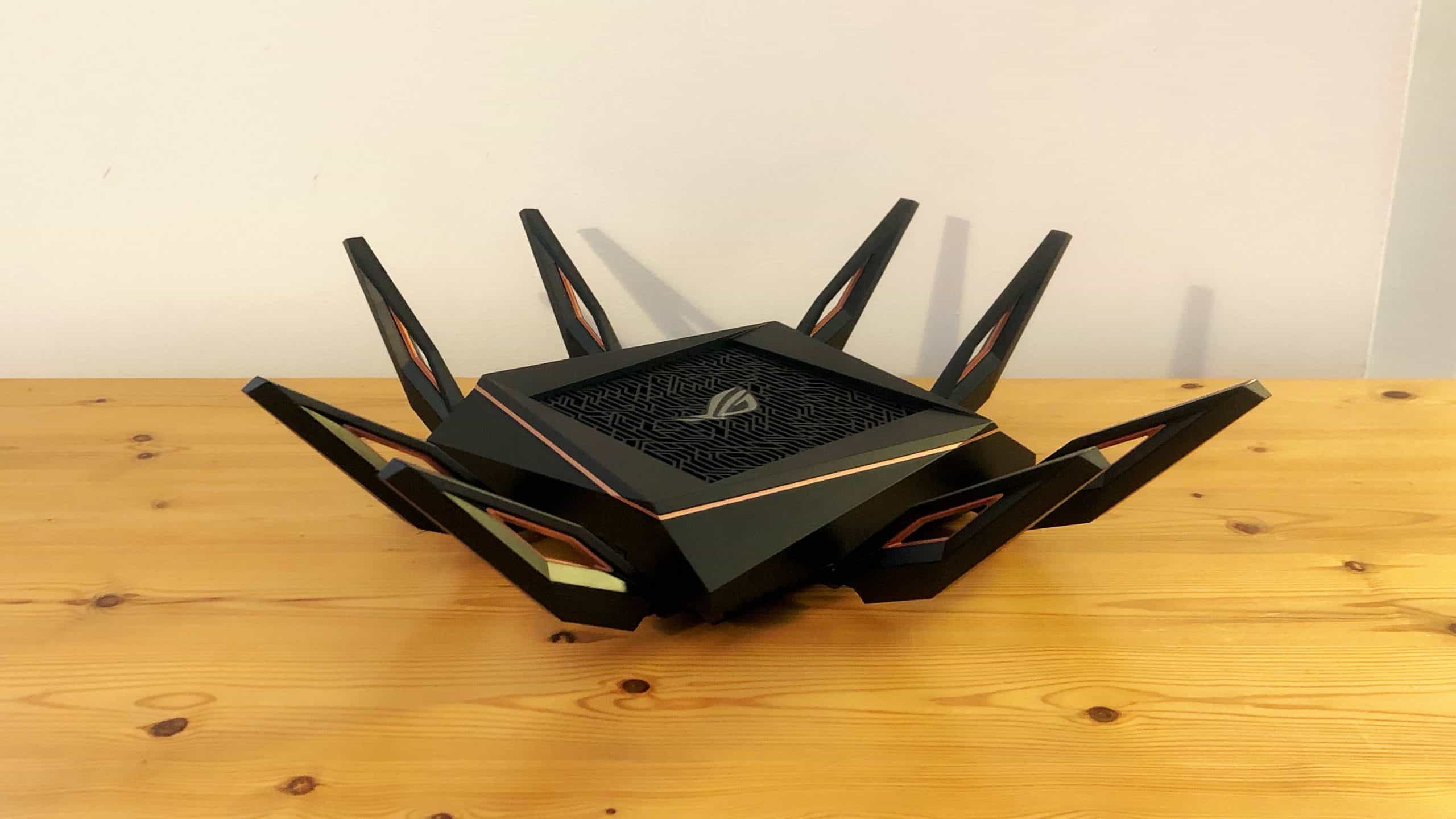If you are beginning to learn about wireless networks, you may wonder what are router ports. The best routers, after all, tend to include a number of these ports. Keep reading to learn all about the various router ports and what they are used for.
KEY TAKEAWAYS:
- Modern routers include a number of both hardware and software ports to assist your wi-fi network and network devices.
- Hardware ports include a dedicated Internet port (WAN), multiple Ethernet or LAN ports, and a variety of USB ports.
- Software ports help the router define where packets of data will be allocated, as each application receives a dedicated software port. This is also handy when it comes to port forwarding and sending a port forward.
Router Ports Defined
No matter what kind of router you have, it likely features a number of different physical ports. A hardware router port is the same as a port included with any other gadget, as they are used to connect one device to another. Here are the different hardware port types commonly found with modern routers and what they are used for. Also, we will cover software ports.
Insider Tip
Make sure to have the appropriate cables for your various ports, including Ethernet cords and USB cables.
Internet Port
This is the primary Ethernet port that connects the cable modem to the router. In other words, this is where your Internet connection comes from. If you are learning how to change a router, for instance, your most important step will be unplugging this Internet port and plugging the Ethernet cable into the new unit. This is also sometimes called the WAN port.
Ethernet Ports
A modern router typically includes three or four dedicated Ethernet ports. They use an Ethernet cable, just like the Internet port, but these are intended to go from the router to any devices that could benefit from the higher speeds of a wired connection. Many users connect gaming consoles, UHD TVs, and gaming PCs to their router’s Ethernet ports. A modem may also include ports for this purpose, but they are likely not as convenient as the router’s ports.
USB Ports
Some modern routers include a number of USB ports. These handy ports let you connect certain devices straight to the router, eliminating the need for a wireless connection. One popular use is to plug a printer directly into a router’s USD port for network-enabled prints. Another cool option is to plug a hard drive into the port, creating a shared library across your entire network.
Software Ports
Finally, there are software ports, which work differently from hardware ports. Software ports help the router find a destination for packets of data. Each application is designated a port number and the router keeps track of which data packets go where. Consider your router to be the main number to a large company and the software ports the various extensions.
F.A.Q.S
Why do you need to forward ports?
By default, some ports are blocked on modern routers. In short, using a port forwarding feature allows you to skirt around these blockages.
How to set up port forwarding on your router?
The port forward process for network devices involves switching up a public IP address with a private IP address. The process differs depending on the make and model of your router.
How to find the WAN port on your router?
Look for a sticker indicating the WAN port, or look for an Ethernet port with a different color from the others. This is the universal plug for the Internet, so if you want your game server operating or your mobile devices online, you should have it plugged into the modem.
STAT: Port forwarding allows remote computers (for example, computers on the Internet) to connect to a specific computer or service within a private local-area network (LAN). (source)
REFERENCES:
- https://support.apple.com/en-us/HT202078
- https://en.wikipedia.org/wiki/Port_forwarding
- https://docs.aerohive.com/330000/docs/help/english/ng/Content/gui/devices/configuring-router-port-settings.htmr
- https://support.microsoft.com/en-us/topic/open-these-network-ports-for-xbox-one-94d5f68a-387c-1982-7163-6e12a4d9e981
- https://ieeexplore.ieee.org/abstract/document/1362438

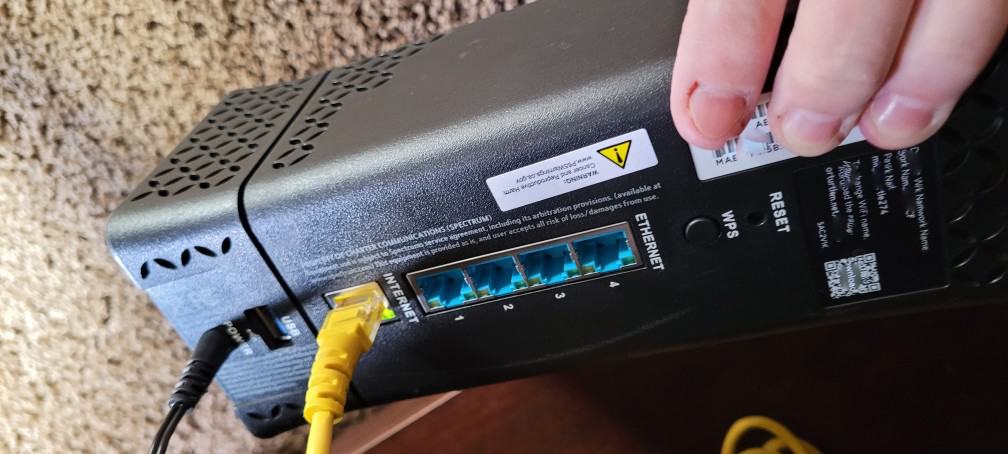













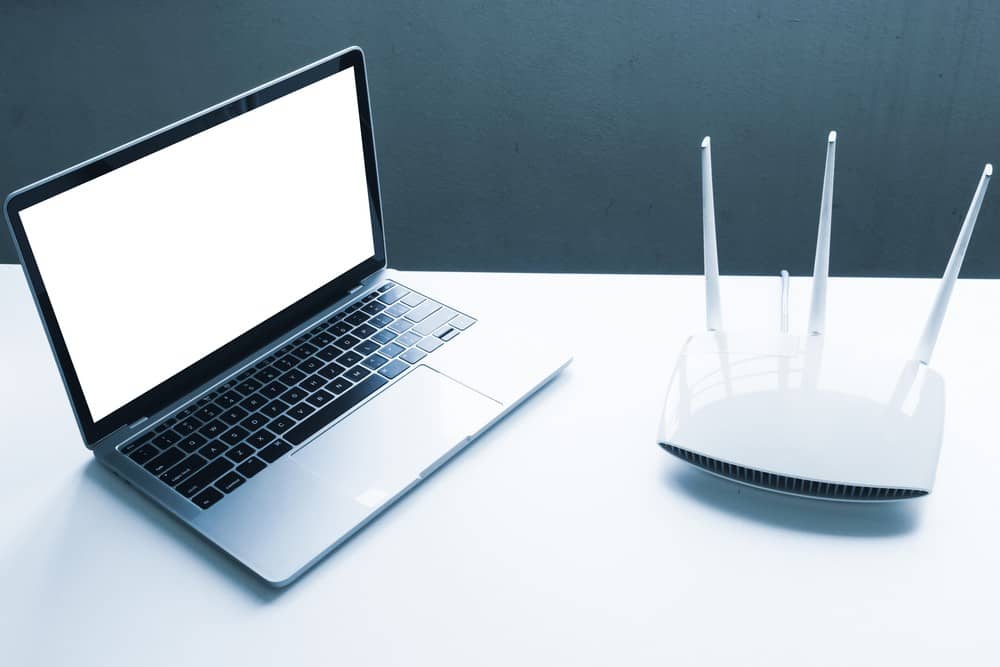
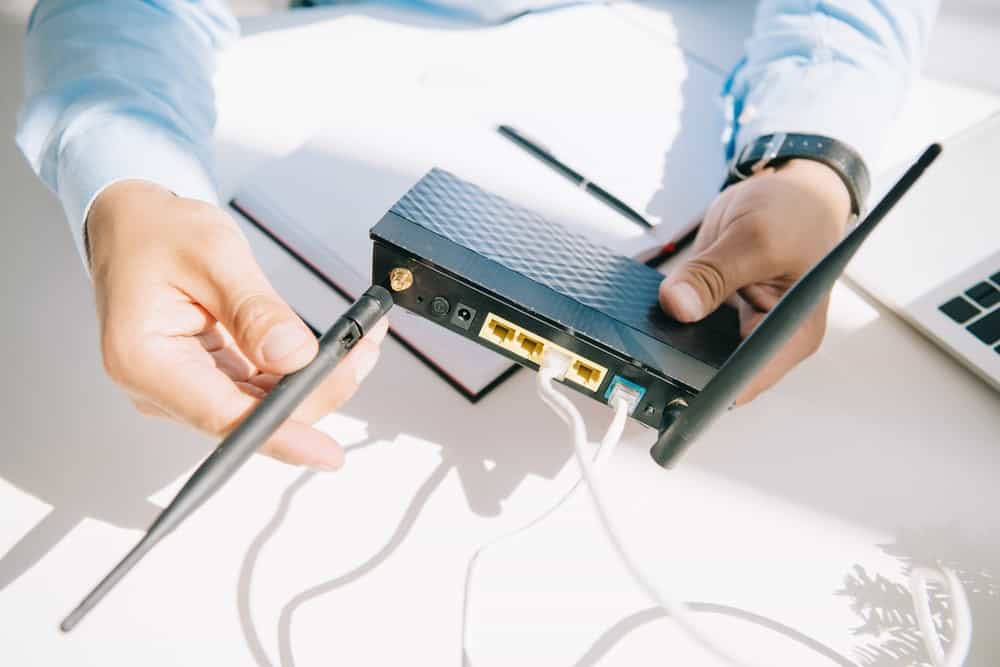
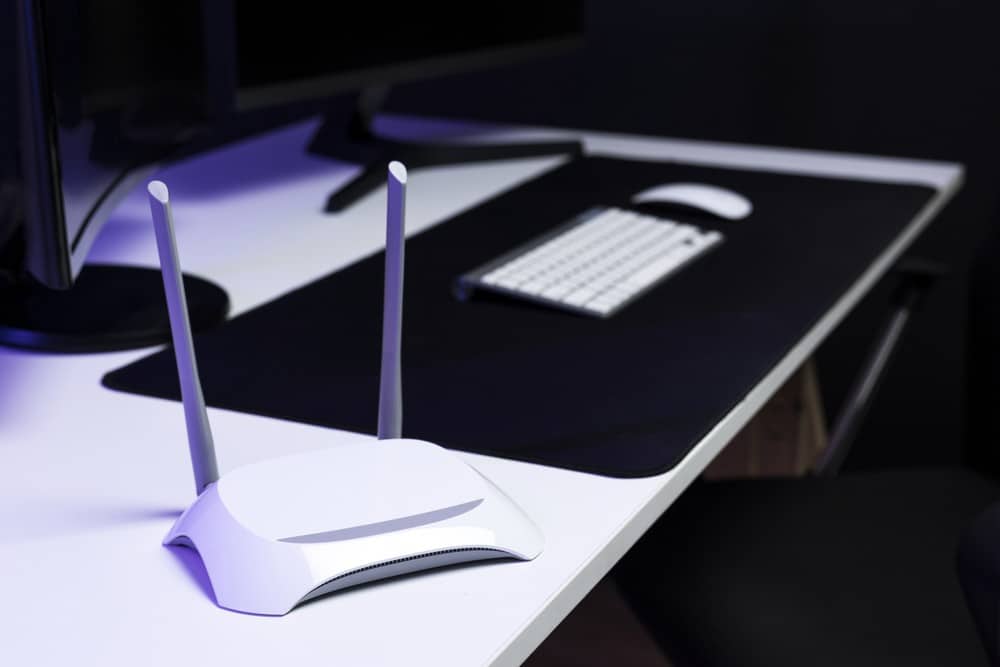
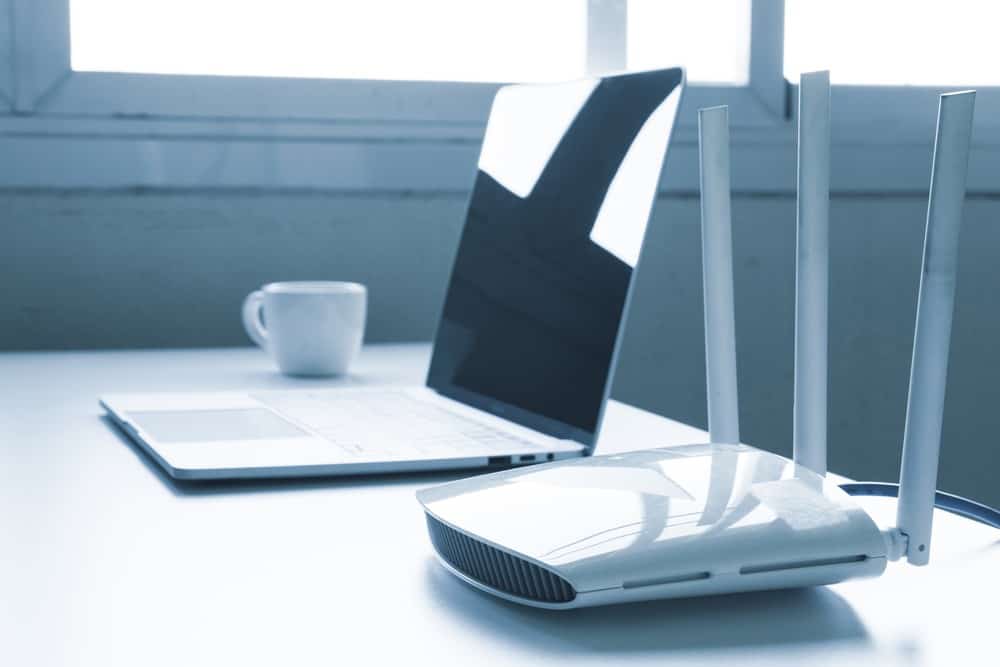

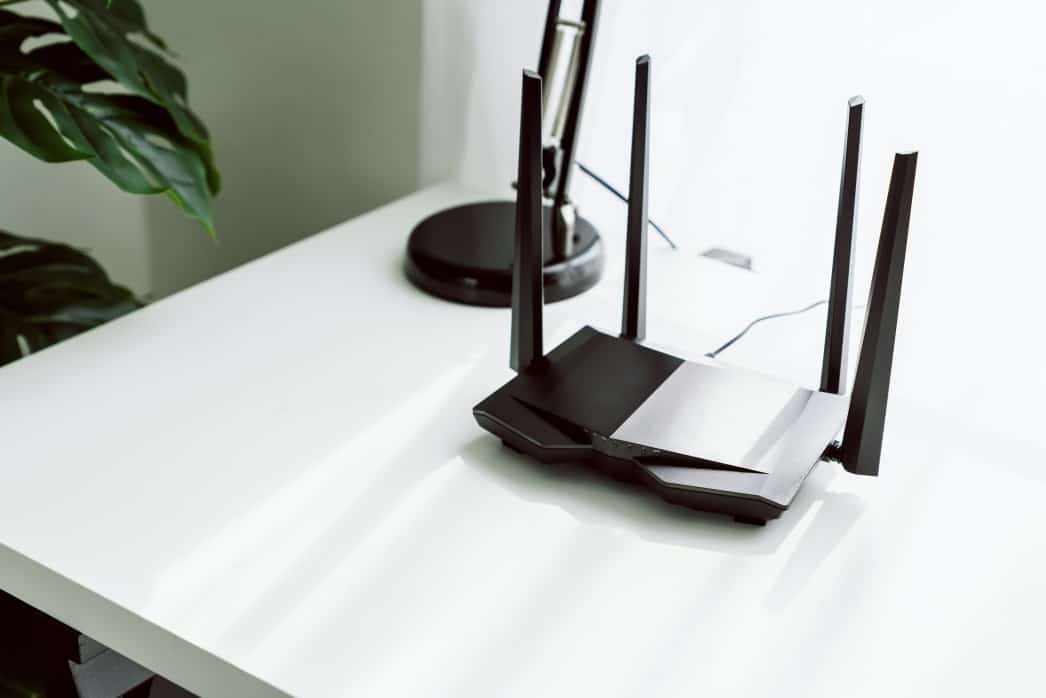
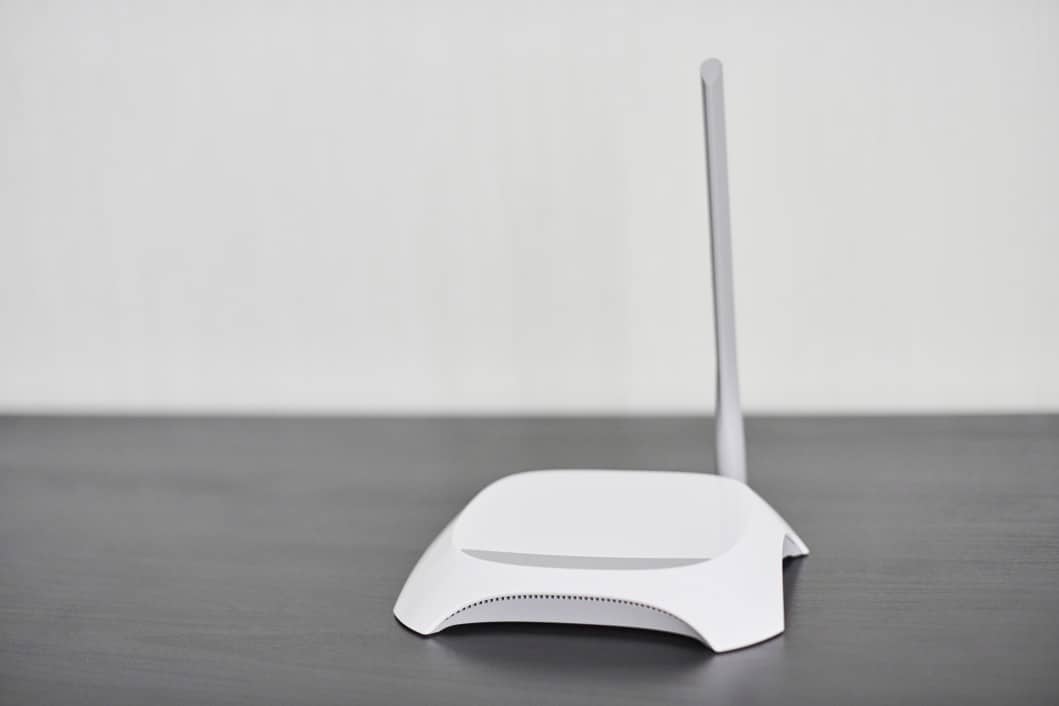
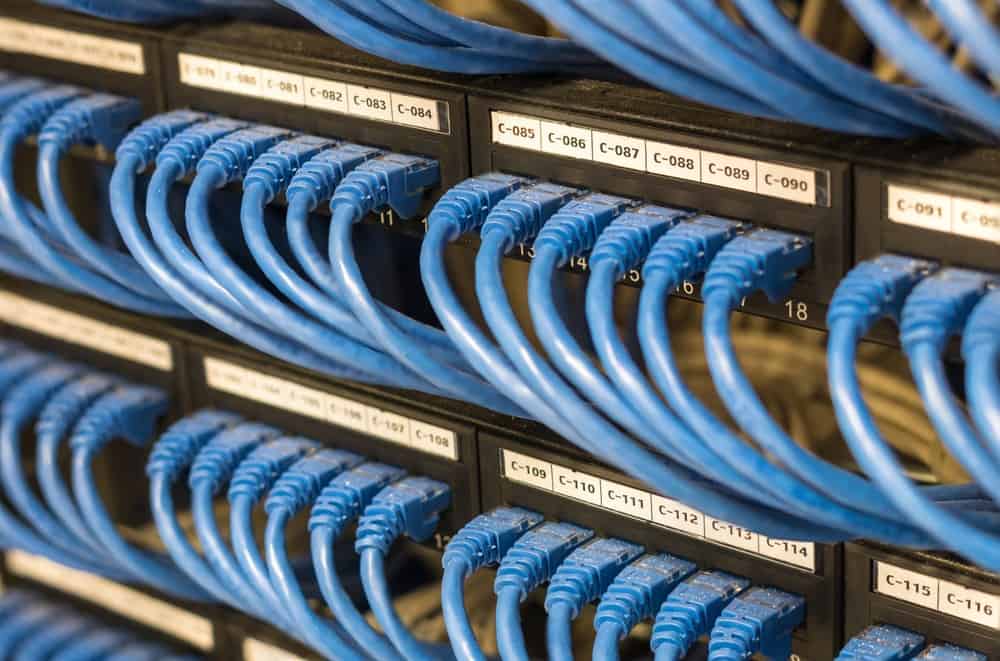
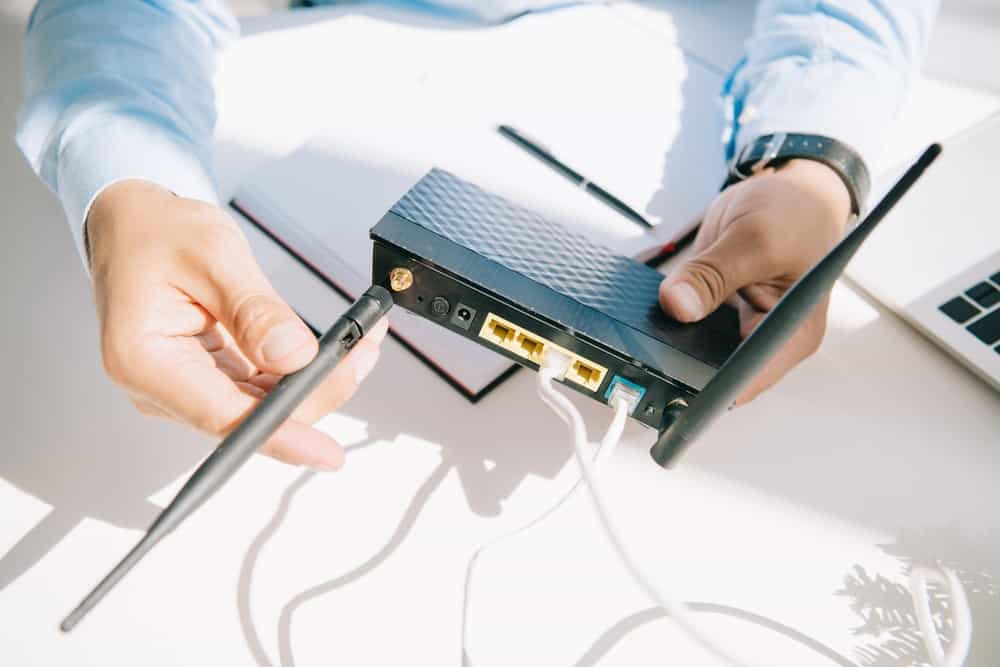
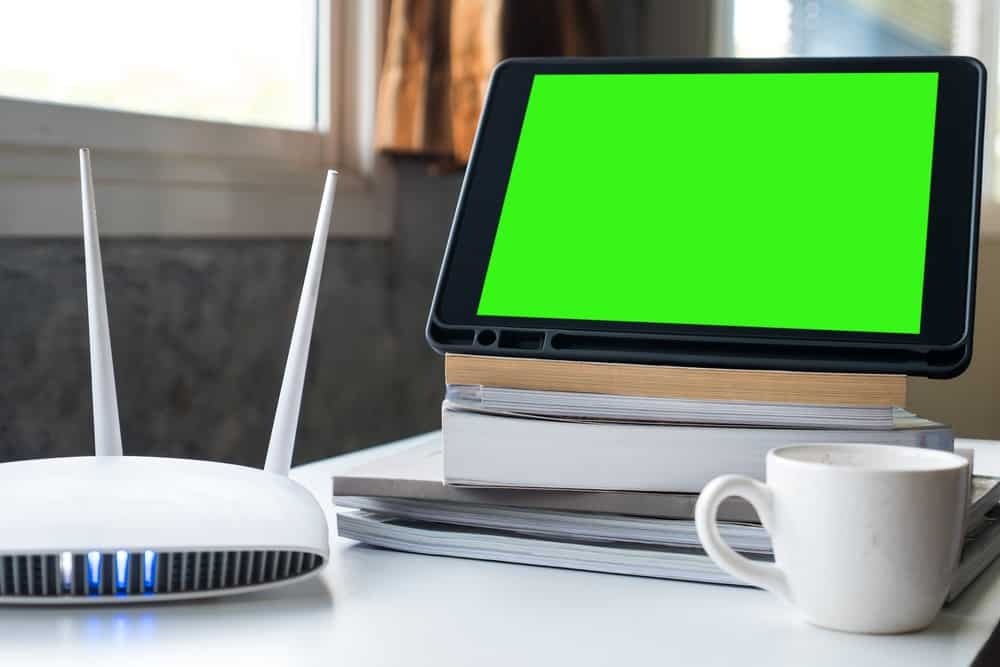
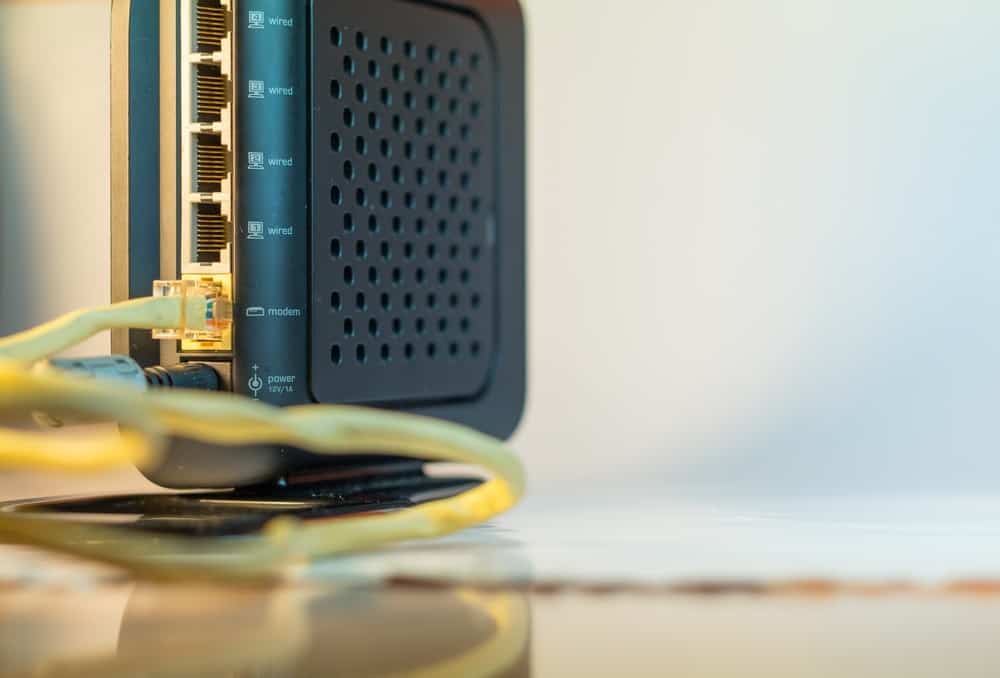

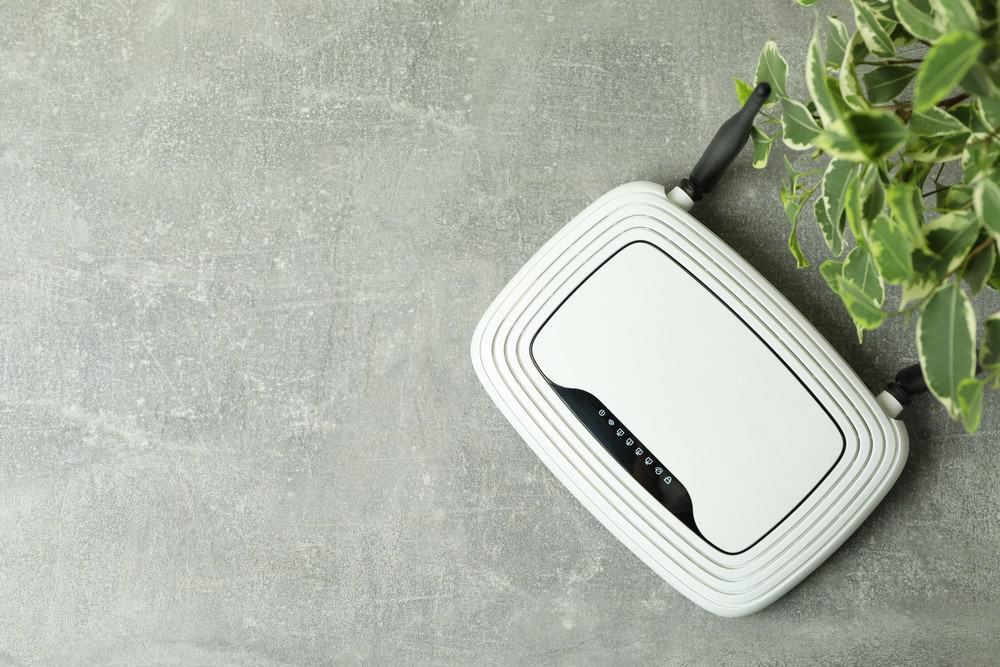
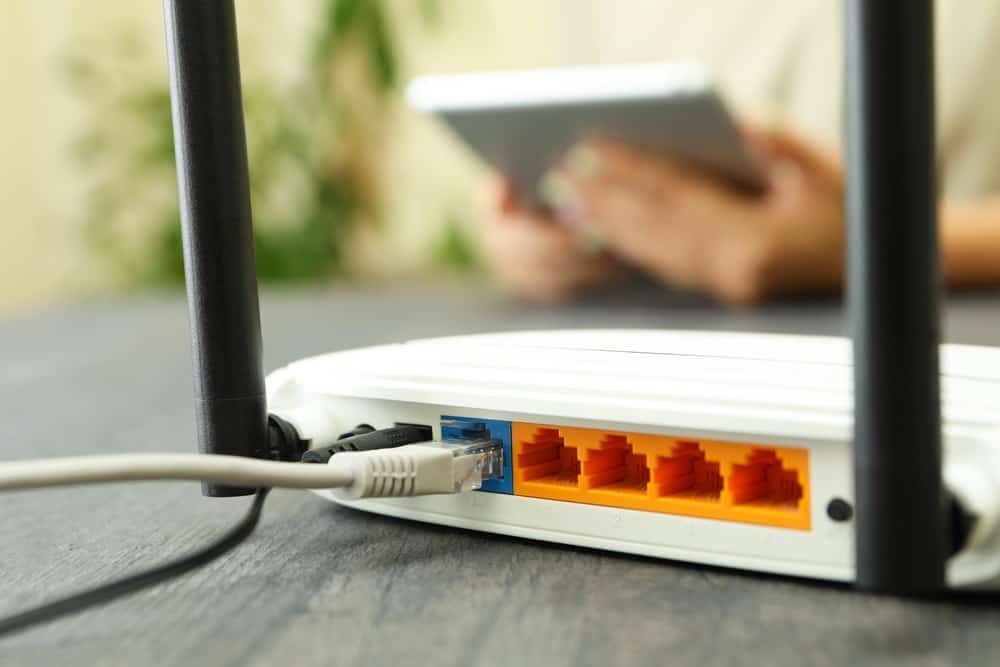
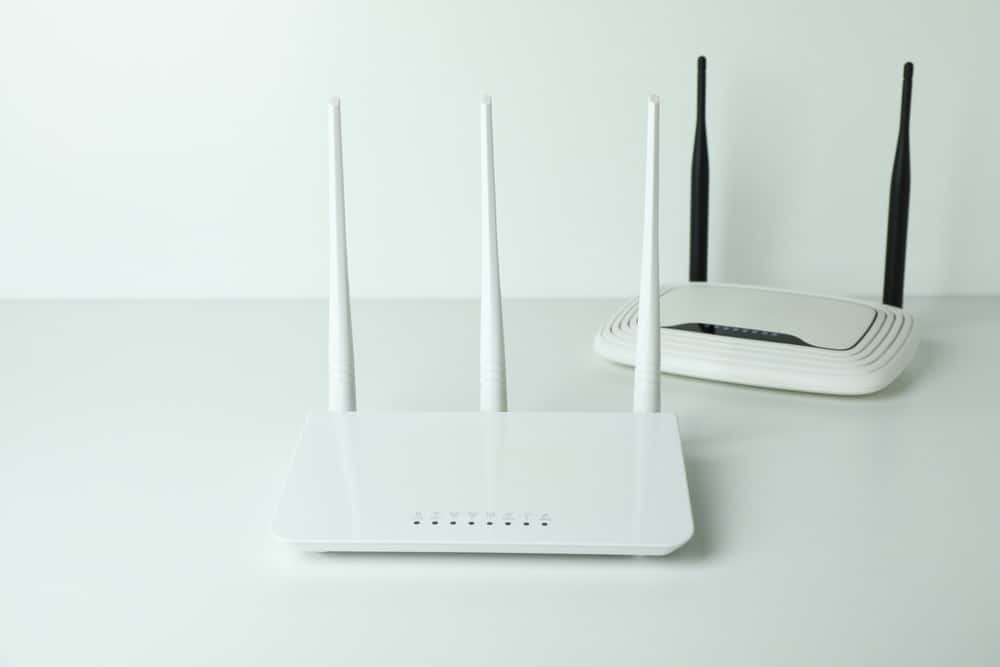
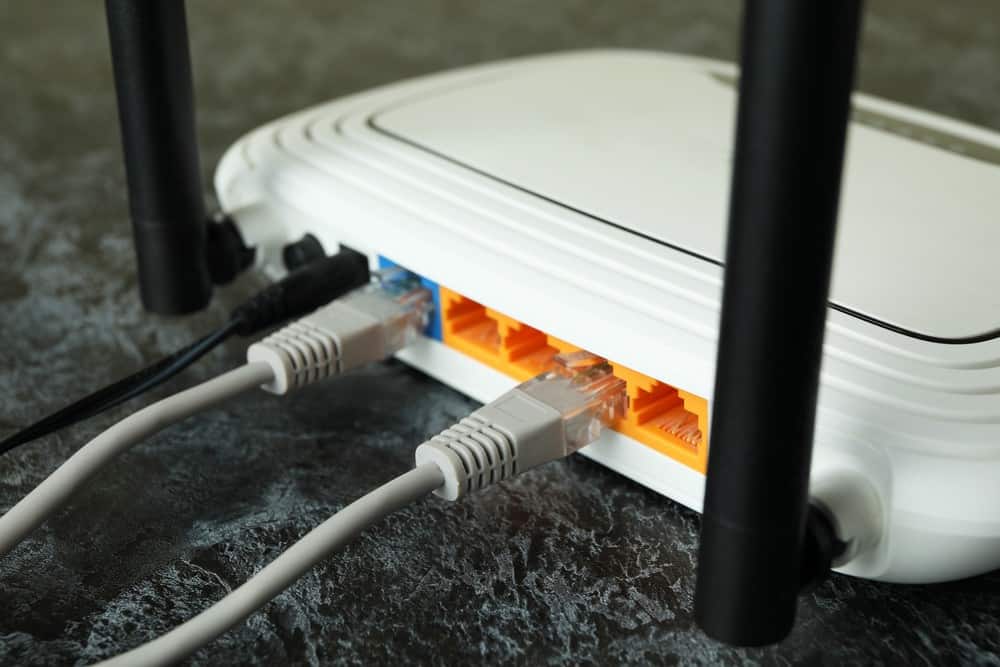
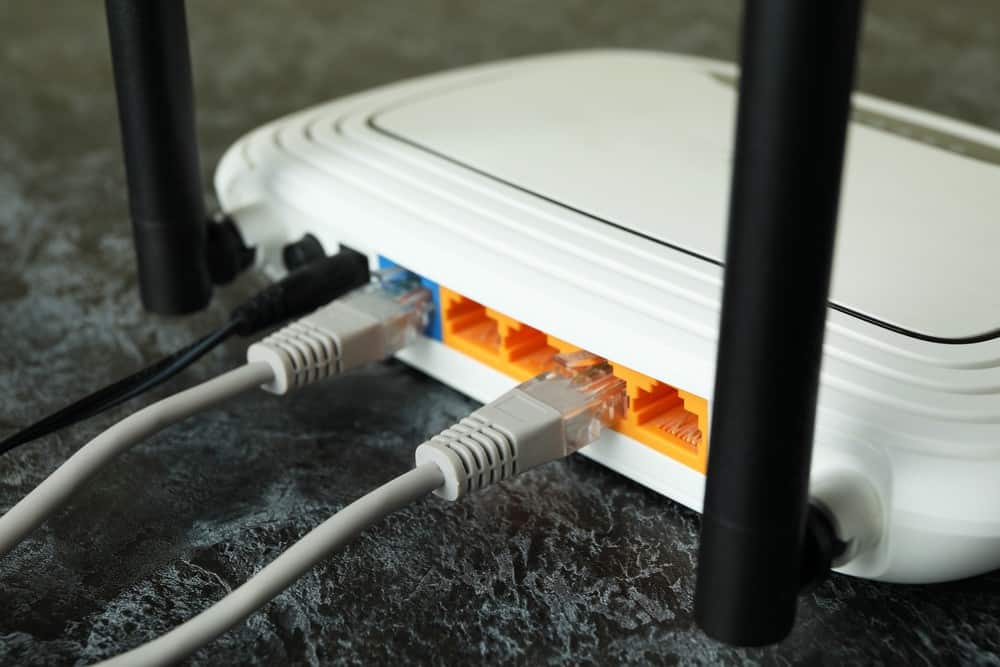
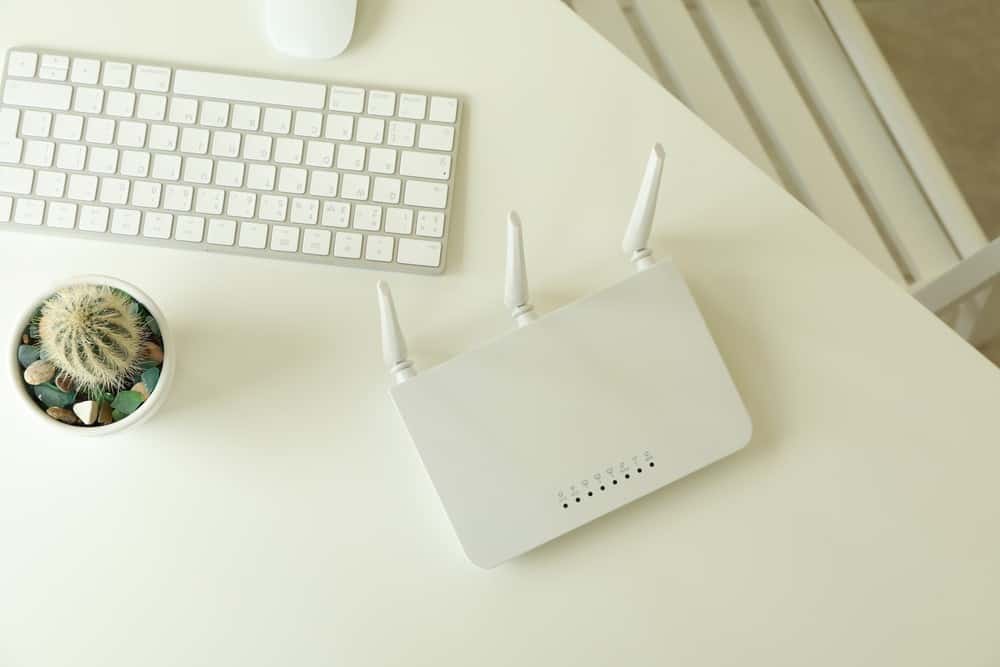
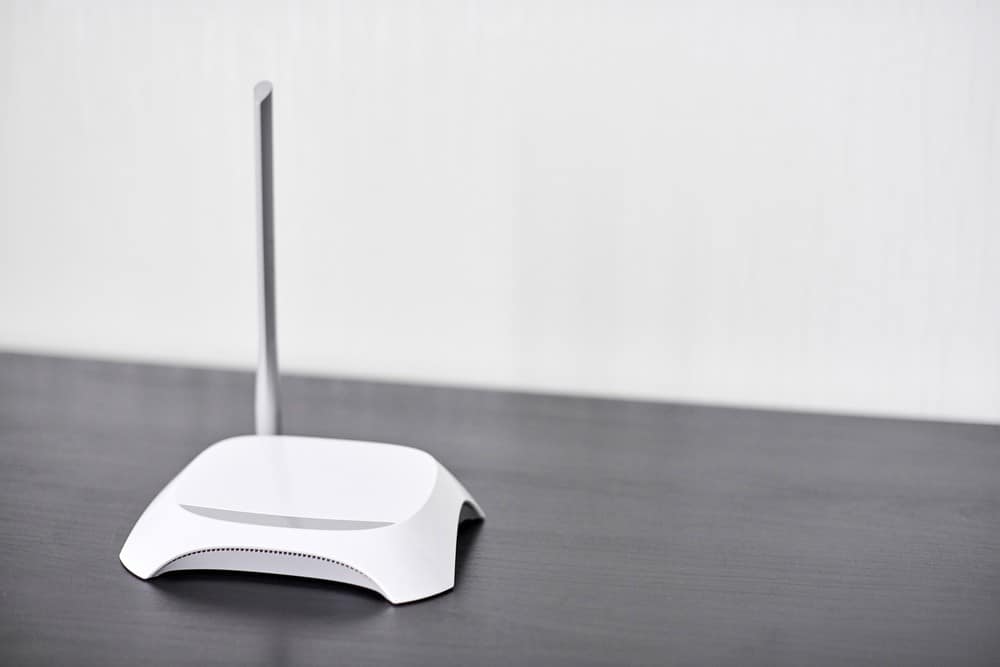
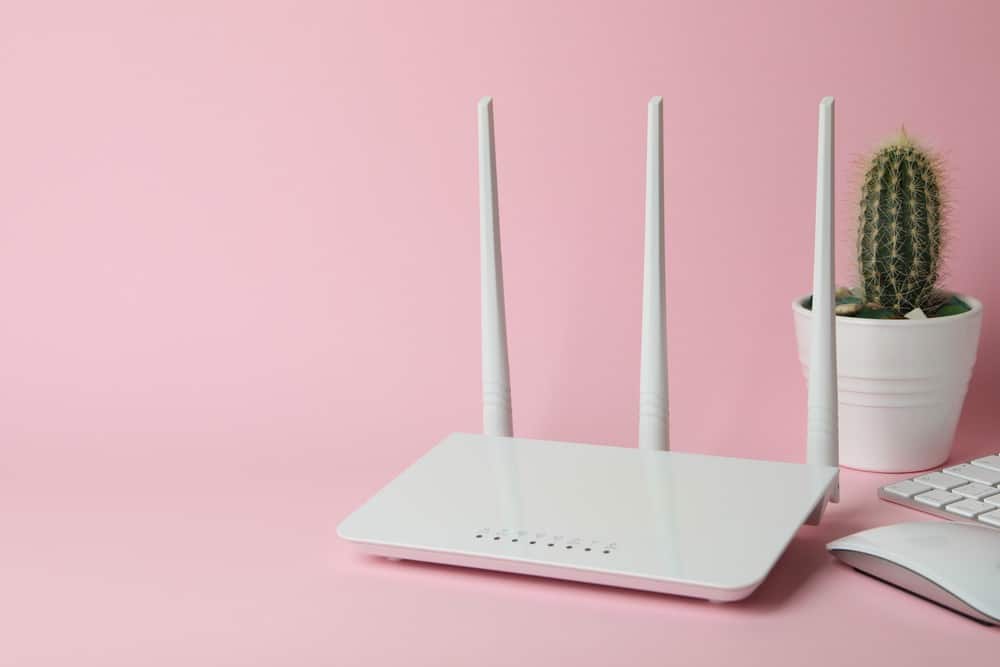
![Best BenQ Monitors in [year] 27 Best BenQ Monitors in 2026](https://www.gadgetreview.dev/wp-content/uploads/best-benq-monitor-image.jpg)
![Best Wifi Extenders For FiOS in [year] 28 Best Wifi Extenders For FiOS in 2026](https://www.gadgetreview.dev/wp-content/uploads/best-wifi-extender-for-fios-image.jpg)
![Best Fiber Optic Routers in [year] 29 Best Fiber Optic Routers in 2026](https://www.gadgetreview.dev/wp-content/uploads/best-fiber-optic-router-image.jpg)
![Best VoIP Routers in [year] 30 Best VoIP Routers in 2026](https://www.gadgetreview.dev/wp-content/uploads/best-voip-router-image.jpg)
![Best Routers for 200Mbps in [year] 31 Best Routers for 200Mbps in 2026](https://www.gadgetreview.dev/wp-content/uploads/best-router-for-200mbps-image.jpg)
![Best Routers for Optimum in [year] 32 Best Routers for Optimum in 2026](https://www.gadgetreview.dev/wp-content/uploads/best-router-for-optimum-image.jpg)
![Best Routers for Apple in [year] 33 Best Routers for Apple in 2026](https://www.gadgetreview.dev/wp-content/uploads/best-router-for-apple-image.jpg)
![Best Routers for Frontier FIOS in [year] 34 Best Routers for Frontier FIOS in 2026](https://www.gadgetreview.dev/wp-content/uploads/best-router-for-frontier-fios-image.jpg)
![Best Secure Routers in [year] 35 Best Secure Routers in 2026](https://www.gadgetreview.dev/wp-content/uploads/best-secure-router-image.jpg)
![Best Routers for Google Fiber in [year] 36 Best Routers for Google Fiber in 2026](https://www.gadgetreview.dev/wp-content/uploads/best-router-for-google-fiber-image.jpg)
![Best Routers for Cox in [year] 37 Best Routers for Cox in 2026](https://www.gadgetreview.dev/wp-content/uploads/best-router-for-cox-image.jpg)
![Best Asus Routers in [year] 38 Best Asus Routers in 2026](https://www.gadgetreview.dev/wp-content/uploads/best-asus-routers-image.jpg)
![Best Linksys Routers in [year] 39 Best Linksys Routers in 2026](https://www.gadgetreview.dev/wp-content/uploads/best-linksys-routers-image.jpg)
![Best Routers for CenturyLink in [year] 40 Best Routers for CenturyLink in 2026](https://www.gadgetreview.dev/wp-content/uploads/best-router-for-centurylink-image.jpg)
![Best WiFi Routers for Multiple Devices in [year] 41 Best WiFi Routers for Multiple Devices in 2026](https://www.gadgetreview.dev/wp-content/uploads/best-wifi-router-for-multiple-devices-image.jpg)
![Best Wired Routers in [year] 42 Best Wired Routers in 2026](https://www.gadgetreview.dev/wp-content/uploads/best-wired-router-image.jpg)
![Best Routers for 4K Streaming in [year] 43 Best Routers for 4K Streaming in 2026](https://www.gadgetreview.dev/wp-content/uploads/best-router-for-4k-streaming-image.jpg)
![Best Cisco Routers in [year] 44 Best Cisco Routers in 2026](https://www.gadgetreview.dev/wp-content/uploads/best-cisco-routers-image.jpg)
![Best eero Routers in [year] 45 Best eero Routers in 2026](https://www.gadgetreview.dev/wp-content/uploads/best-eero-routers-image.jpg)






